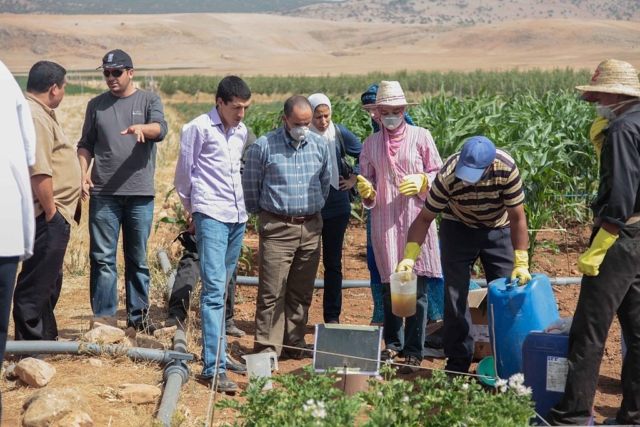10 Facts About Sanitation in Morocco

Morocco has made significant progress in sanitation during the past decade. Although there are still many issues, improvements in water sanitation in Morocco are in the near future. Here are 10 facts about sanitation in Morocco.
10 Facts About Sanitation in Morocco
- H2O Maghreb: USAID and the United Nations Industrial Development Organization (UNIDO) implemented an activity called H2O Maghreb in order to help establish advanced and sustainable water management practices in Morocco. H2O Maghreb includes a two-year degree accredited by the government of Morocco. Furthermore, the H20 Maghreb activity provides training and job opportunities in waste management. About 80 percent of the students participating are women.
- The Douira Sea Water Desalination Plant: Morocco plans to build the world’s largest seawater desalination plant in the city of Agadir in 2021. The Douira Sea Water Desalination Plant will provide drinking water to the people of the Chtouka Ait Baha region in Morocco. Further, the Douira Sea Water Desalination Plant should be able to irrigate 15,000 hectares of land and produce up to 450,000 cubic meters of desalinated water every day.
- Dakhla’s Wasterwater Treatment Plant: Morocco is also building a wastewater treatment plant in Dakhla. The plant will help prevent wastewater from polluting groundwater resources. Additionally, the wastewater sludge can also act as a fertilizer.
- Improvements to the Wastewater Sector: During the past decade, Morocco has made many improvements in its wastewater sector. Of the 34 million people in Morocco, 25 percent of the people are not connected to the sewer network and 38 percent of the people are not connected to wastewater treatment plants.
- Leprosy: Leprosy is on the decline in Morocco. From 2000 to 2012, the number of leprosy cases decreased by 4.68 percent each year. In 2012, Morocco began a program to distribute rifampicin to help prevent the spread of leprosy. From 2012 to 2017, the number of cases of leprosy in Morocco decreased by 16.38 percent each year. The rifampicin program helped prevent leprosy and improved sanitation in Morocco
- Trachoma: Morocco eliminated trachoma in 2016. Trachoma is an infectious disease that causes blindness. Morocco implemented the World Health Organization-endorsed SAFE strategy in the 1990s. This included surgery for trichiasis, antibiotics to treat trachoma, facial cleanliness and environmental improvements to help prevent the spread of trachoma.
- Acid Mine Drainage: Acid mine drainage is an issue in Morocco. When people do not clean mine sites, the acid mine drainage at the mines can contaminate the land and the groundwater.
- Water, Sanitation and Hygiene in Schools (WinS): Morocco implemented the program Water, sanitation and hygiene in schools (WinS) in order to provide clean water and improve sanitary facilities in 19 primary schools in the country. Improving sanitary facilities at schools can help prevent water-related diseases and encourage children to stay in school and graduate.
- European Space Agency Technology: The University of Kenitra utilizes technology developed by the European Space Agency to clean groundwater so that it is safe for people to drink. The water treatment facility will provide water for 1,200 students.
- Safely-Managed Drinking Services: As of 2017, 70.266 percent of the people in Morocco have access to safely-managed drinking water services. This also means that as of 2017, 29.734 percent of the people in Morocco do not have access to safely-managed drinking water services.
These 10 facts about sanitation in Morocco show that the water supply is improving and will continue to improve. As technology and new initiatives increase the water supply, more people will gain access to safe drinking water.
– Frank Decapio
Photo: Wikimedia Commons
